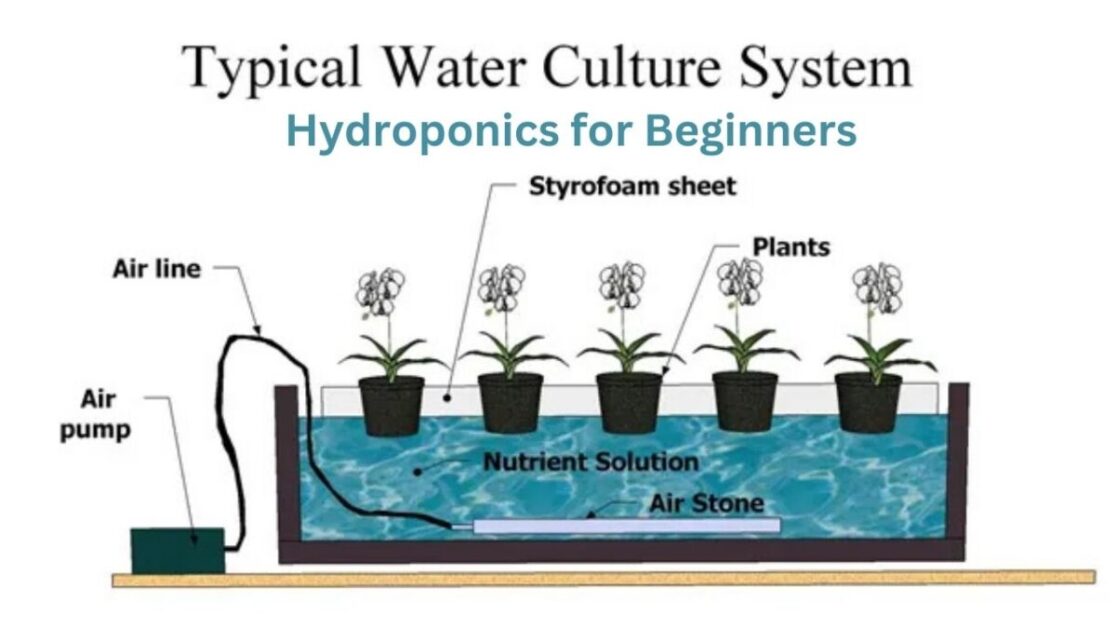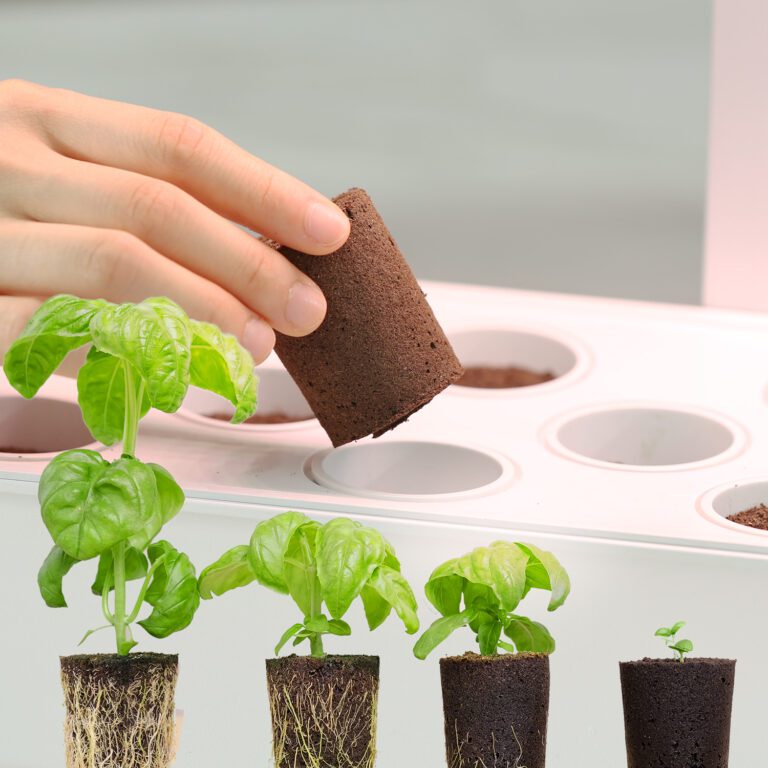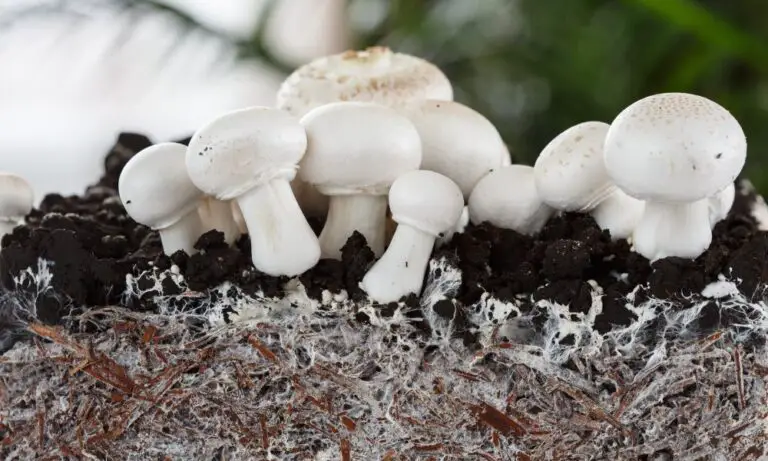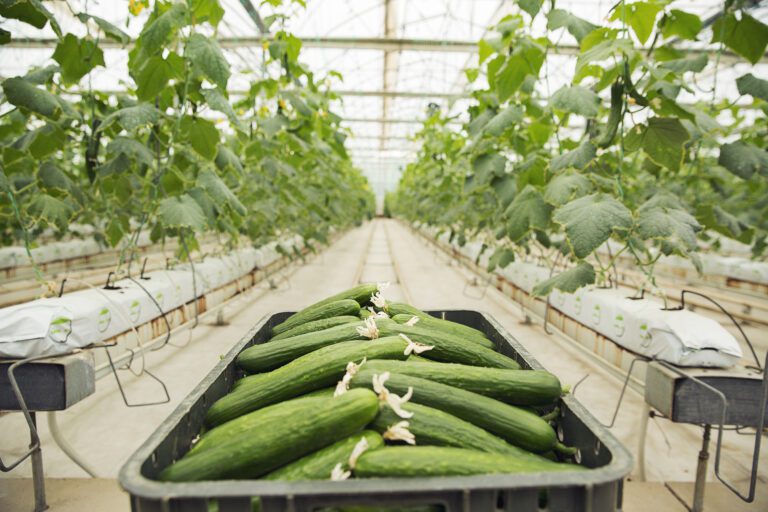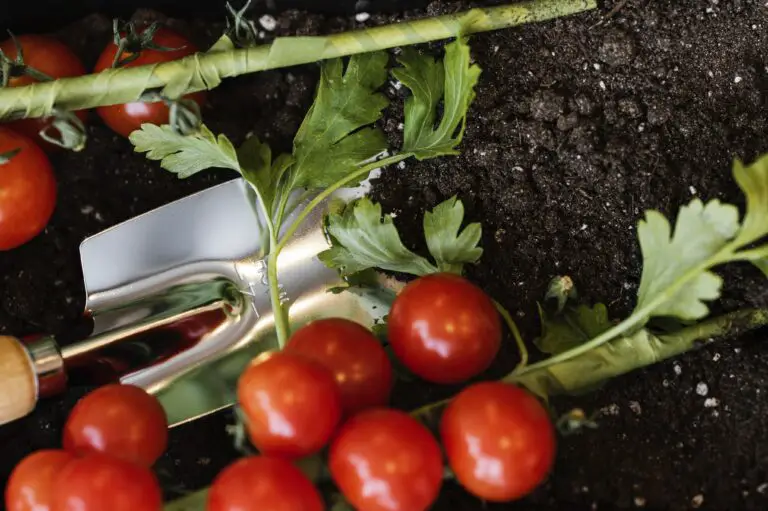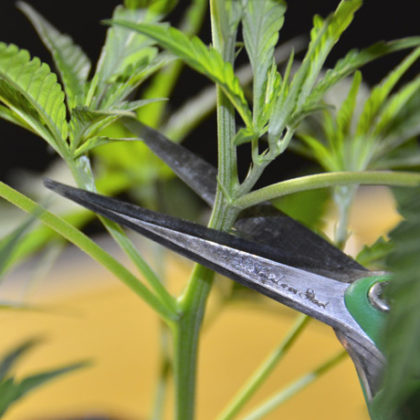Hydroponics for Beginners: Best Way to Build and Run System In Your Room
Table of Contents: Hydroponics for Beginners
Understanding the Basics of Hydroponics
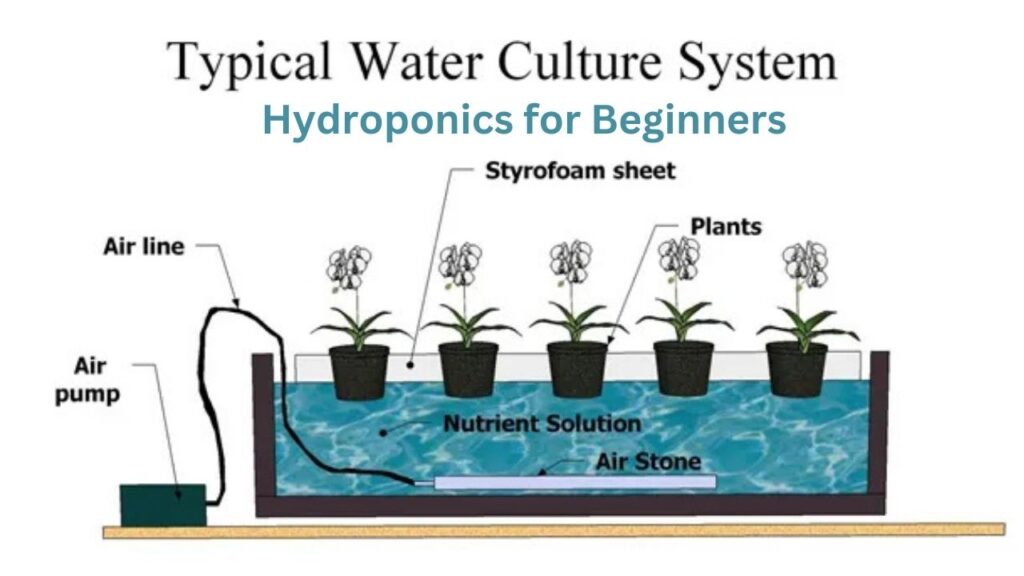
Hydroponics, a soil-less method of cultivating plants, has gained significant popularity among gardening enthusiasts in recent years. By providing plants with the necessary nutrients directly in water, hydroponic systems offer several advantages over traditional soil-based gardening. With the basics of hydroponics, you can unlock the potential to grow a wide range of plants efficiently and effectively.
One of the key benefits of hydroponics is its ability to maximize space utilization. Whether you have a small balcony or a limited backyard, hydroponics allows you to grow plants vertically or in compact systems, eliminating the need for large plots of land. Moreover, by eliminating the reliance on soil, hydroponics provides precise control over the nutrient solutions provided to the plants. This enables you to optimize nutrient uptake and growth, resulting in healthier and more robust plants.
In addition to space efficiency and precise nutrient control, hydroponics offers faster growth rates compared to traditional gardening methods. With the roots of the plants directly immersed in nutrient-rich water, they can absorb nutrients more efficiently, allowing for accelerated growth and higher crop yields. Moreover, the absence of soil-borne diseases and pests in hydroponic systems reduces the risk of plant damage and loss, providing a more controlled and productive growing environment.
Understanding the basics of hydroponics is the first step towards embracing this innovative method of cultivation. By exploring the various components, techniques, and considerations associated with hydroponics, you can set a solid foundation for successful and sustainable gardening. So, let’s dive deeper into this fascinating world and discover how to create thriving hydroponic systems that can fulfill your gardening aspirations.
Selecting the Right Location for Your Hydroponic System
One of the key considerations when setting up your hydroponic system is selecting the right location. The success of your hydroponic garden depends greatly on the environmental conditions it is placed in. Therefore, it is crucial to choose a location that provides optimal light, temperature, and accessibility.
Firstly, light is an essential factor for plant growth in hydroponics. You should locate your system in an area where it receives adequate sunlight or, alternatively, invest in high-quality artificial lighting. Providing the right amount and intensity of light is necessary for photosynthesis and, ultimately, the healthy development of your plants.
Secondly, temperature control is vital when it comes to hydroponic gardening. It is important to find a location that maintains a consistent temperature range suitable for your plants. Extreme temperature fluctuations can affect nutrient uptake, root development, and the overall health of your crops. Additionally, consider factors such as ventilation and airflow to prevent the buildup of heat or excessive humidity.
Lastly, accessibility is another aspect to consider. Make sure the location you choose allows easy access to your hydroponic system for maintenance, monitoring, and harvesting. This will ensure smooth operation and allow you to efficiently care for your plants.
By carefully selecting the right location for your hydroponic system, you will establish a strong foundation for successful plant growth. Taking into account factors such as light, temperature, and accessibility will create a conducive environment for your hydroponic garden, leading to healthier plants and increased yields.
Choosing the Ideal Hydroponic System for Beginners
When starting out with hydroponics, it is crucial to select the right system that suits your needs as a beginner. There are various hydroponic systems available, each with its own advantages and disadvantages. It is essential to consider factors such as space availability, budget, and your level of experience before making a decision.
One popular option for beginners is the deep water culture (DWC) system. This system involves suspending plant roots in a nutrient-rich water solution, allowing for optimal nutrient uptake. DWC systems are relatively simple to set up and require minimal maintenance, making them an ideal choice for those new to hydroponics. Another option is the ebb and flow system, which periodically floods the plant roots with nutrient solution and then drains it away. This system offers flexibility in terms of plant spacing and allows for the use of various growing mediums such as perlite or clay pellets. However, it requires careful monitoring of water levels and may be slightly more complex to set up compared to DWC systems.
Ultimately, the choice of the ideal hydroponic system for beginners depends on your specific requirements and preferences. It is recommended to thoroughly research and compare different systems, considering factors such as space, budget, and ease of use. By selecting the right system, you can lay the foundation for a successful hydroponic gardening journey.
Essential Components for Your Hydroponic System
One of the essential components for your hydroponic system is a nutrient reservoir. This is where your nutrient solution will be stored and circulated to provide your plants with the necessary minerals and elements for growth. The reservoir should be made of a lightproof material to prevent algae growth and should have a lid to minimize evaporation. Additionally, it is important to choose a reservoir size that matches the needs of your plants and the size of your system. This will ensure a steady supply of nutrients and prevent any fluctuations in the solution’s pH or nutrient levels.
Another crucial component is the growing medium. Unlike traditional soil gardening, hydroponics requires a medium that provides support for the roots while allowing for the proper oxygenation and hydration of the plants. Some popular choices for hydroponic growing mediums include perlite, vermiculite, coco coir, rockwool, and clay pebbles. Each medium has its own advantages and considerations, such as water retention, pH stability, and nutrient absorption. When selecting a growing medium, it’s important to consider the specific needs of your plants and the requirements of your hydroponic system.
The Importance of Water Quality in Hydroponics
Water quality is a crucial factor in the success of a hydroponic system. Unlike traditional soil-based gardening, where nutrients are naturally present in the soil, hydroponics relies on a nutrient solution that is dissolved in water to provide essential elements to the plants. The quality of the water used in hydroponics can significantly impact plant growth and overall system performance.
One aspect of water quality to consider is its pH level. The pH scale measures the acidity or alkalinity of the water. In hydroponics, it is essential to maintain a specific pH range to ensure optimal nutrient uptake by the plants. Most hydroponic crops thrive in a slightly acidic environment with a pH range between 5.5 and 6.5. If the pH deviates too much from this range, it can lead to nutrient deficiencies or toxicities, hindering plant growth. Therefore, regular testing and adjustment of the water’s pH level are necessary for maintaining a healthy hydroponic system.
Nutrient Solutions: Formulating the Perfect Balance for Plant Growth
Nutrient solutions play a critical role in hydroponics, as they provide plants with the essential elements they need to grow and thrive. Formulating the perfect balance of nutrients is key to ensuring optimal plant growth and maximizing yields. This involves understanding the specific nutritional requirements of different plants, as well as the importance of maintaining the correct ratios and concentrations of nutrients in the solution.
One of the primary considerations when formulating nutrient solutions is the macronutrients needed by plants in larger quantities. These include nitrogen, phosphorus, and potassium, commonly known as NPK. Nitrogen is crucial for promoting leaf and stem growth, while phosphorus supports root development and flowering. Potassium, on the other hand, contributes to overall plant health and helps regulate important physiological processes. Achieving the right balance of these macronutrients is essential, as an imbalance can lead to stunted growth, nutrient deficiencies, or even toxicity. Additionally, micronutrients such as iron, manganese, and zinc should also be included in the solution, albeit in smaller amounts, as they play vital roles in enzyme functions and overall plant metabolism.
Maintaining the perfect balance of nutrients in your hydroponic system requires regular monitoring and adjustment. Testing the nutrient solution is crucial to ensure that the plants are receiving the correct ratios of nutrients. This can be done using commercial nutrient testing kits or by sending samples to a lab for analysis. Based on the test results, adjustments can be made by adding or reducing specific nutrients as needed. By closely monitoring the nutrient solution and making necessary modifications, gardeners can provide their hydroponically grown plants with a precise and optimal nutritional environment for healthy growth and abundant yields.
Selecting the Right Plants for Hydroponics Cultivation
Selecting the right plants for hydroponic cultivation is a crucial step in ensuring the success of your system. When choosing plants for hydroponics, there are several factors that you should consider. First and foremost, you need to think about the space you have available. Certain plants, such as tomatoes or cucumbers, require more room to grow and may not be suitable for smaller hydroponic setups. On the other hand, plants like herbs or lettuce can thrive in smaller spaces and are great options for beginners.
Another important factor to consider is the specific requirements of each plant. Different plants have different nutritional needs, growth rates, and pH preferences. It’s essential to choose plants that are well-suited for hydroponic cultivation and can thrive in a soilless environment. Research the specific nutrient requirements and growth conditions for each plant you’re considering, and ensure that your hydroponic system can meet those needs.
In addition to space and plant requirements, it’s also helpful to consider your own preferences and goals. Are you growing hydroponically for fresh produce or for ornamental purposes? Do you have a specific plant in mind that you want to grow, or are you open to experimenting with different varieties? By taking into account these factors, you can narrow down your options and choose the right plants that align with your goals and resources.
Overall, selecting the right plants for hydroponic cultivation requires careful consideration of space, plant requirements, and personal goals. By doing your research and selecting plants that are well-suited for hydroponics, you can set yourself up for a successful and rewarding hydroponic gardening experience.
Seeding and Transplanting Techniques for Hydroponics Systems
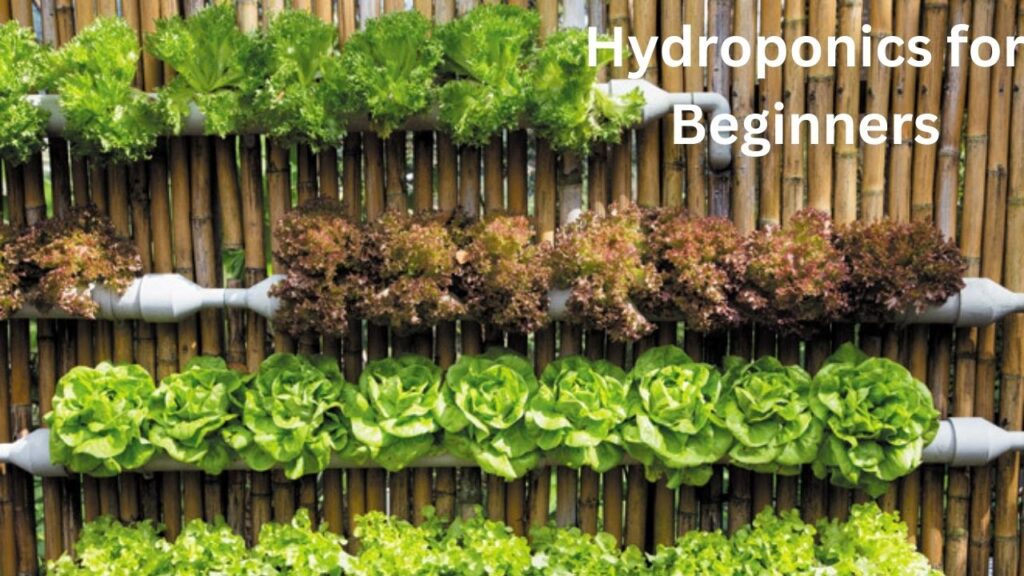
Seeding and transplanting are crucial steps in establishing a successful hydroponic system. To ensure optimal growth and productivity, it is important to follow proper techniques and procedures.
When it comes to seeding, it is recommended to use high-quality seeds that are specifically suited for hydroponic cultivation. These seeds are typically free of contaminants, diseases, and other issues that can hinder plant growth. Before sowing the seeds, it is essential to sterilize the growing medium to minimize the risk of pathogens. Once the medium is sterilized, evenly distribute the seeds, making sure to follow the recommended spacing for the particular plant species. Lightly cover the seeds with the growing medium or use a humidity dome to retain moisture and promote germination.
Transplanting is the process of moving seedlings from the germination phase to the main hydroponic system. This step is crucial for providing seedlings with the necessary space and nutrients for further growth. Before transplanting, it is important to ensure that the seedlings are strong and healthy, with well-developed root systems. Gently remove the seedlings from their germination medium, being careful not to damage the roots.
Place the seedlings into prepared net pots or other suitable containers, ensuring that the roots are well-covered with a growing medium that offers support and adequate drainage. Gradually introduce the young plants to the main hydroponic system by implementing a drip or nutrient film technique, allowing them to adapt to the new environment without experiencing shock.
By following these seeding and transplanting techniques, you can establish a strong foundation for healthy and vigorous plants in your hydroponic system. Proper care and attention during these critical stages can significantly contribute to the overall success of your cultivation endeavor.
Monitoring and Maintaining Optimal Conditions in Your Hydroponic Setup
Maintaining optimal conditions in your hydroponic setup is crucial for the success of your plants. Monitoring and managing key factors such as temperature, humidity, pH levels, and nutrient concentration ensures that your plants receive the ideal environment for growth.
To begin with, temperature control plays a vital role in hydroponics. Most plants thrive in temperatures between 65°F and 75°F (18°C and 24°C), although specific temperature preferences may vary among different plant species. It is important to keep a close eye on the temperature within your hydroponic system, using thermometers and possibly even automated climate control systems to maintain stability. Fluctuations in temperature can significantly impact plant growth and development, so avoiding extremes is essential.
Humidity levels also need careful consideration to create the ideal environment for your plants. Depending on the stage of growth and the specific plant species, humidity requirements may vary. However, in general, maintaining a relative humidity between 50% and 70% is recommended for most hydroponic setups. Higher humidity levels can increase the risk of fungal diseases while excessively low humidity can lead to dehydration and stress in your plants. Regular monitoring and adjustments to maintain the desired humidity range will contribute to healthy plant growth and yield.
In the next section, we will explore the importance of lighting options for your indoor hydroponic garden and how to choose the most suitable setup for your plants’ needs.
• Temperature control is crucial in hydroponics, with most plants thriving between 65°F and 75°F (18°C and 24°C)
• Fluctuations in temperature can have a significant impact on plant growth
• Thermometers and automated climate control systems can help maintain temperature stability
• Humidity levels should be kept between 50% and 70% for optimal plant growth
• Higher humidity increases the risk of fungal diseases, while low humidity leads to dehydration and stress in plants
• Regular monitoring and adjustments are necessary to maintain the desired humidity range
• Lighting options play an important role in indoor hydroponic gardens
• Choosing the right lighting setup is essential for meeting your plants’ needs.
Lighting Options for Indoor Hydroponic Gardens
When it comes to indoor hydroponic gardens, choosing the right lighting options is crucial for the success of your plants. Unlike traditional gardening where plants rely on natural sunlight, indoor hydroponic systems require artificial lighting to provide the necessary energy for photosynthesis.
LED (Light Emitting Diode) lights are one of the most popular choices for indoor hydroponic gardens. They are energy-efficient, emit little heat, and can be tailored to provide the specific light spectrum needed for optimal plant growth. LED lights also have a longer lifespan compared to other lighting options, reducing the need for frequent replacements. Additionally, they can be easily adjusted to accommodate different growth stages of your plants, from seedlings to full maturity. With advances in technology, LED lights have become more affordable and accessible to gardeners of all levels of experience.
Managing Pest and Disease Control in Hydroponics
Pest and disease control is a vital aspect of managing a successful hydroponic system. Since these systems provide an ideal environment for plant growth, they can also attract unwanted pests and expose plants to potential diseases. However, by implementing effective pest management strategies and maintaining a hygienic growing environment, gardeners can minimize the risk and impact of infestations.
Regularly inspecting your plants is the first step in identifying and addressing pest and disease issues. Look closely for any signs of damage, discoloration, or abnormal growth. Additionally, consider integrating beneficial insects or predatory organisms into your hydroponic setup to control pests naturally. Ladybugs, lacewings, and predatory mites are examples of beneficial insects that can help keep populations of harmful insects in check. It’s important to research and select the right beneficial organisms for your specific plant species and system requirements.
Furthermore, implementing strict sanitation practices, such as regularly cleaning and disinfecting your hydroponic system, can help prevent the spread of diseases and reduce the risk of infestations. By staying proactive and vigilant, gardeners can effectively manage pest and disease control in their hydroponic gardens.
Harvesting and Maintaining the Quality of Your Hydroponically Grown Produce
Harvesting and maintaining the quality of hydroponically grown produce are critical steps in ensuring a successful and rewarding outcome. When it comes to harvesting, timing is everything. Each plant has its own specific requirements for maturity, and it is essential to monitor the development of your crops closely. Harvesting too early can result in underdeveloped fruits or vegetables, while waiting too long may lead to overripening.
To determine the optimal time for harvest, you can refer to the guidelines provided by seed suppliers or consult reputable horticultural resources. Keep in mind that factors such as temperature, lighting conditions, and nutrient levels can influence the growth rate of your hydroponic plants. Regularly assessing the crops’ health and observing the appearance of flowers, fruits, or vegetables can help you identify when they are ready for harvest.
Once you have collected your hydroponically grown produce, maintaining its quality becomes paramount. The absence of soil in hydroponic systems reduces the risk of soil-borne diseases, but other factors still need to be considered. Inspect each harvested item for any signs of damage or disease, and promptly remove any afflicted plants to prevent the spread of infection within the system. Proper storage conditions, such as cool temperatures and controlled humidity, are also vital to preserving the freshness and nutritional value of your hydroponically grown produce. Understanding the specific requirements of each type of plant and implementing appropriate post-harvest practices will ensure that your efforts yield superior results.
Troubleshooting Common Issues in Hydroponic Systems
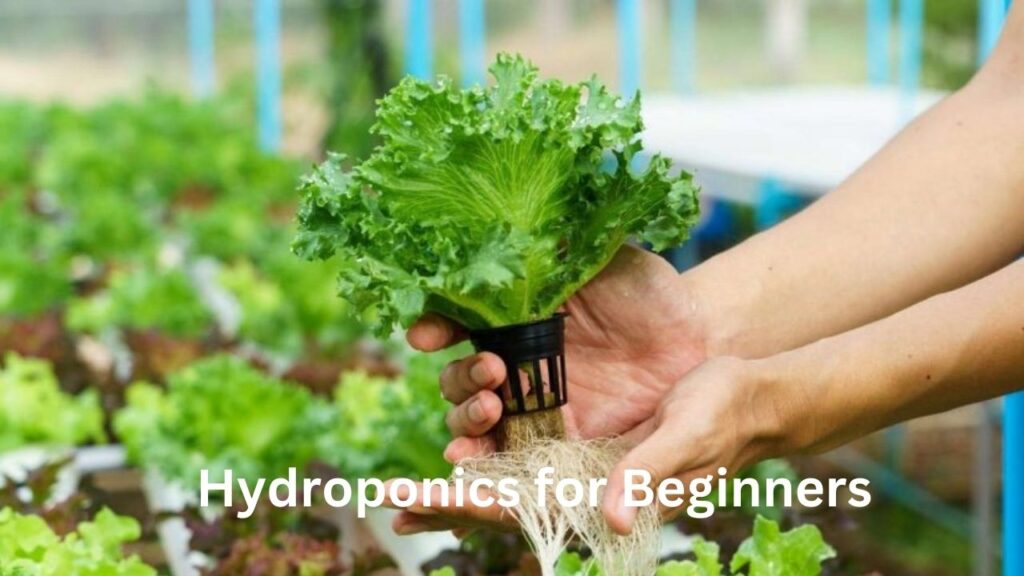
One of the common issues that hydroponic system growers may encounter is nutrient deficiencies in their plants. Nutrients play a crucial role in plant growth and development, and any imbalance can lead to stunted growth, discoloration, or even plant death. Identifying nutrient deficiencies can be challenging, but there are a few telltale signs to look out for.
For example, if your plants exhibit yellowing or browning of their leaves, it could indicate a deficiency in nitrogen, an essential nutrient for leaf development. On the other hand, if you notice yellowing between the veins of young leaves, it might be a sign of an iron deficiency. Calcium deficiencies can lead to curled or distorted new growth, while phosphorus deficiencies result in slow growth and purplish or reddish leaves. By familiarizing yourself with these symptoms, you can take appropriate measures to address the nutrient imbalance in your hydroponic system.
Another issue that hydroponic growers may encounter is root rot, caused by the proliferation of harmful pathogens in the growing medium. Root rot can be detrimental to plant health, inhibiting nutrient uptake and leading to wilting and eventual plant death. To prevent root rot, it is essential to maintain proper oxygen levels in the root zone.
Oxygenation processes such as aerating the nutrient solution or using air stones can help promote healthy root growth and prevent the establishment of harmful pathogens. Additionally, maintaining the proper pH level can also play a critical role in preventing root rot, as certain pathogens thrive in acidic or alkaline conditions. Regular monitoring of pH levels and taking corrective measures, if needed, can help mitigate the risk of root rot and ensure the success of your hydroponic system.
Here’s a table with information for beginners interested in hydroponics:
| Aspect | Details |
|---|---|
| What is Hydroponics? | Soilless method of growing plants using nutrient-rich water solutions. |
| Advantages | – Faster plant growth. – Controlled nutrient levels. – Efficient use of water. – Year-round cultivation. – Space-saving. |
| Basic Components | – Growing system (e.g., NFT, DWC, Drip system). – Reservoir for nutrient solution. – pH and EC meters. – Growing medium (e.g., perlite, coconut coir, Rockwool). – Nutrient solution. – Light source (natural or artificial). |
| Choosing Plants | Ideal for a wide range of plants, but especially suited for leafy greens, herbs, and some fruiting crops. |
| pH Level | Maintain pH between 5.5 and 6.5 for most plants. Regularly test and adjust as needed. |
| Nutrient Solution | Contains essential macro and micronutrients. Follow manufacturer guidelines for mixing. |
| Lighting | Provide sufficient light with appropriate spectrum (blue for vegetative growth, red for flowering). |
| Watering Schedule | Continuous or periodic watering depending on the hydroponic system. Monitor for consistency. |
| Temperature | Keep the growing environment within the recommended range for the specific plants (usually 65-75°F or 18-24°C). |
| Monitoring | Regularly check pH, EC (electrical conductivity), and nutrient levels. Monitor plant health and adjust conditions accordingly. |
| Common Mistakes | – Overlooking pH and nutrient levels. – Inadequate lighting. – Overcrowding plants. – Poorly maintained equipment. |
| Hydroponic Systems for Beginners | – Kratky method (passive, non-circulating system). – Deep Water Culture (DWC). – Nutrient Film Technique (NFT). |
| Maintenance | – Regularly clean and maintain equipment. – Monitor and adjust nutrient levels. – Inspect plants for signs of pests or diseases. |
| Cost Considerations | Initial setup costs can vary. Consider factors like lighting, system type, and nutrient solution costs. |
| Learning Resources | Numerous online tutorials, guides, and forums provide valuable information for beginners. |
| Starting Small | Begin with a simple setup and gradually expand as you gain experience. |
This table provides an introduction to hydroponics for beginners, covering essential aspects to consider when starting with this soilless growing method. Adjustments may be needed based on specific plants and system types.
Taking Your Hydroponics Skills to the Next Level: Advanced Techniques and Innovations
Advanced Techniques and Innovations in hydroponics offer exciting possibilities for experienced gardeners looking to take their skills to the next level. By incorporating cutting-edge methods and technologies, you can enhance the efficiency, productivity, and sustainability of your hydroponic system.
One advanced technique gaining popularity among hydroponic enthusiasts is vertical farming. This innovative approach involves stacking multiple layers of plants to maximize space utilization and optimize light exposure. Vertical farming systems often utilize advanced LED grow lights, which can be fine-tuned to meet the specific light requirements of different plant species. This technique not only allows for higher crop yields in limited spaces but also provides a visually striking display of greenery. Furthermore, vertical farming has the potential to significantly reduce water consumption and minimize the use of pesticides and herbicides, making it an environmentally friendly choice.
Another exciting advancement in hydroponics is the integration of Internet of Things (IoT) technology. This allows growers to monitor and control their hydroponic systems remotely, using sensors and connected devices. By collecting real-time data on factors such as temperature, humidity, pH levels, and nutrient concentrations, growers can make informed adjustments to optimize plant growth. IoT technology also enables automated nutrient delivery, ensuring precise and consistent feeding for maximum plant health. Overall, the incorporation of IoT technology can streamline operations, increase efficiency, and enable growers to maintain optimal conditions with minimal effort.
With these advanced techniques and innovations, experienced gardeners can push the boundaries of traditional hydroponics and achieve remarkable results. By exploring these possibilities and embracing the latest technology, you can maximize both the quantity and quality of your hydroponically grown produce. Stay tuned as we delve deeper into these advanced techniques and innovations in our upcoming articles, providing you with the knowledge and guidance to elevate your hydroponic skills.
What are some advanced techniques that can be used in hydroponics?
Some advanced techniques in hydroponics include aeroponics, nutrient film technique (NFT), and deep water culture (DWC). These methods provide more precise control over nutrient delivery and oxygenation for plants.
How can I improve the nutrient solution for my hydroponic system?
To enhance the nutrient solution, you can add supplements like beneficial bacteria and fungi, organic additives, and trace minerals. Regular monitoring and adjusting of nutrient levels based on plant needs also contribute to improved nutrient solution quality.
Are there specific plants that are better suited for hydroponic cultivation?
Yes, certain plants thrive better in hydroponic systems. Examples include lettuce, herbs (such as basil and parsley), leafy greens (like spinach and kale), tomatoes, strawberries, and peppers. These plants have been proven to perform well in hydroponic environments.
How can I prevent and control pests and diseases in my hydroponic setup?
Implementing proper hygiene practices, such as cleaning and sanitizing equipment, can help prevent pests and diseases. Additionally, using biological controls (like beneficial insects) or organic pesticides specifically formulated for hydroponics can effectively manage pest and disease outbreaks.
What are some innovative technologies in hydroponics?
One innovative technology is the use of sensors and automation systems to monitor and control various aspects of the hydroponic setup, such as pH, nutrient levels, temperature, and humidity. Furthermore, vertical farming systems and LED lighting advancements are also considered innovative techniques in hydroponics.
How can I troubleshoot common issues in my hydroponic system?
When encountering issues in a hydroponic system, it is important to check for potential problems like nutrient imbalances, pH fluctuations, inadequate lighting, or poor ventilation. Regular maintenance, monitoring, and adjusting of these factors can help troubleshoot and resolve common issues.
What steps can I take to maintain the quality of my hydroponically grown produce after harvesting?
After harvesting, it is crucial to handle the produce carefully to minimize damage. Washing the plants gently and storing them in optimal conditions, such as refrigeration or controlled atmosphere storage, can help maintain their freshness and quality for a longer period of time.

